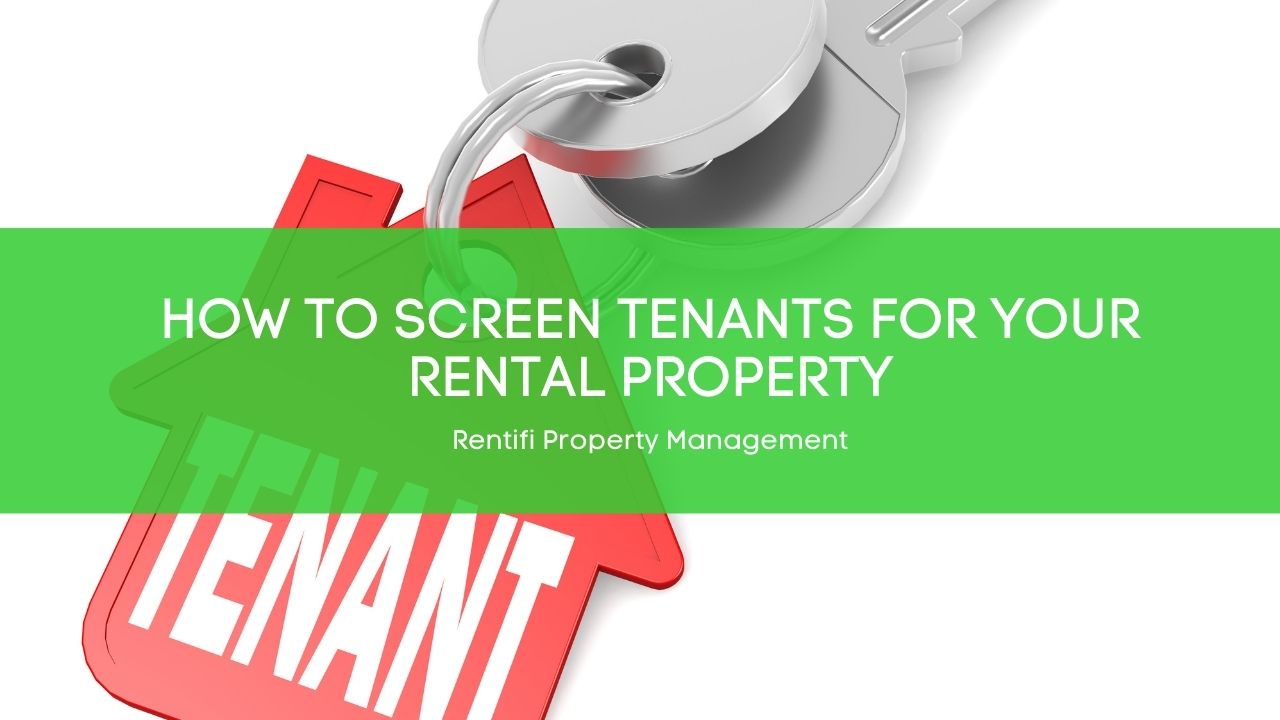Finding the right tenant can make or break your rental property experience. A qualified renter means consistent income, fewer headaches, and a healthier landlord-tenant relationship. The key is having a clear process and sticking to it. Below, we’ll walk through seven essential steps that will help you screen applicants thoroughly, reduce risks, and protect your investment.
Step 1: Run a Thorough Credit Check

A tenant’s credit score is one of the first clues about their financial stability. Review their report carefully to see payment history, outstanding debts, and whether they have any past due accounts. High credit card balances or unpaid rent are red flags you don’t want to ignore.
Step 2: Verify Income

Applicants should be able to comfortably afford the rent, which is why many landlords use the “3x rule.” This means the tenant’s monthly income should be at least three times the rent. Ask for recent pay stubs, W-2s, or even tax returns for a more complete picture.
This step pairs well with having clear rental criteria in place from the start. Creating a consistent process helps you stay compliant with fair housing guidelines and avoid accidental discrimination.
Step 3: Confirm Employment

Once you verify income, confirm the applicant is actively employed. Contact their employer directly to confirm job status and salary details. This extra step protects you from surprises later, like a job loss that occurred before move-in.
Step 4: Collect IDs
Ask for government-issued IDs for every adult over 18 who will live in the unit. This ensures you are screening the correct individuals and prevents situations where someone applies on behalf of another person.
Step 5: Contact Previous Landlords
References from prior landlords offer insight into a renter’s reliability. Ask whether they paid rent on time, took care of the property, and gave proper notice before moving out. This can reveal patterns that a credit report might miss.
Consistency in tenant screening is key, which is why having a clear tenant selection process helps you make fair decisions every time.
Step 6: Review Pet Information

Even if you don’t allow pets, it’s wise to ask if applicants have any. If you do accept pets, request a pet application that includes a photo, vaccination records, and vet documentation. Double-check your insurance policy for breed restrictions so you stay compliant.
Step 7: Perform a Background Check
A comprehensive background check is the final step before approving a tenant. This should include criminal history and eviction records. To go the extra mile, check the local county clerk’s office for any newly filed eviction cases that may not yet appear on reports.
This is also the perfect time to revisit your rental criteria. Consistently following your own written standards can help prevent disputes and legal issues later, which is something every landlord should strive for when qualifying prospective tenants.
Why a Written Screening Policy Matters
A documented tenant screening process protects you from claims of unfair treatment and helps you stay compliant with local and federal laws. Consistency is crucial for avoiding mistakes and ensuring that each applicant is treated the same way.
Landlords who prefer a hands-off approach can also benefit from professional help. A property management company can handle the entire process, saving you time while keeping you legally compliant.
Final Thoughts
Tenant screening is more than a checklist. It’s a strategy that safeguards your property, your income, and your peace of mind. By following these steps consistently, you’ll increase your chances of finding trustworthy renters who pay on time and respect your property.
If you want to streamline the process even further, explore professional property management solutions to take this burden off your shoulders. Visit Rentifi Property Management to learn how we can help you manage every step with confidence.investment



